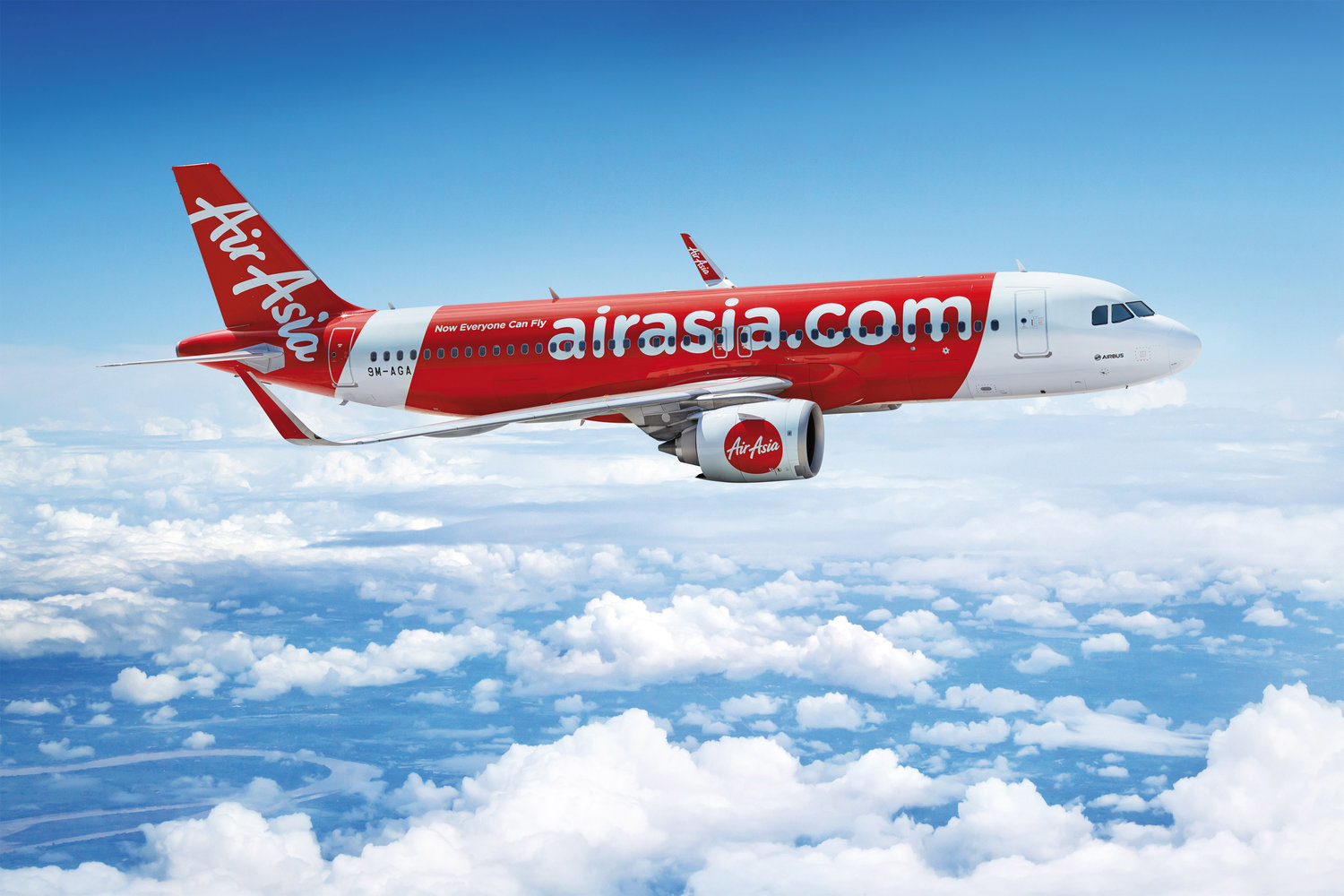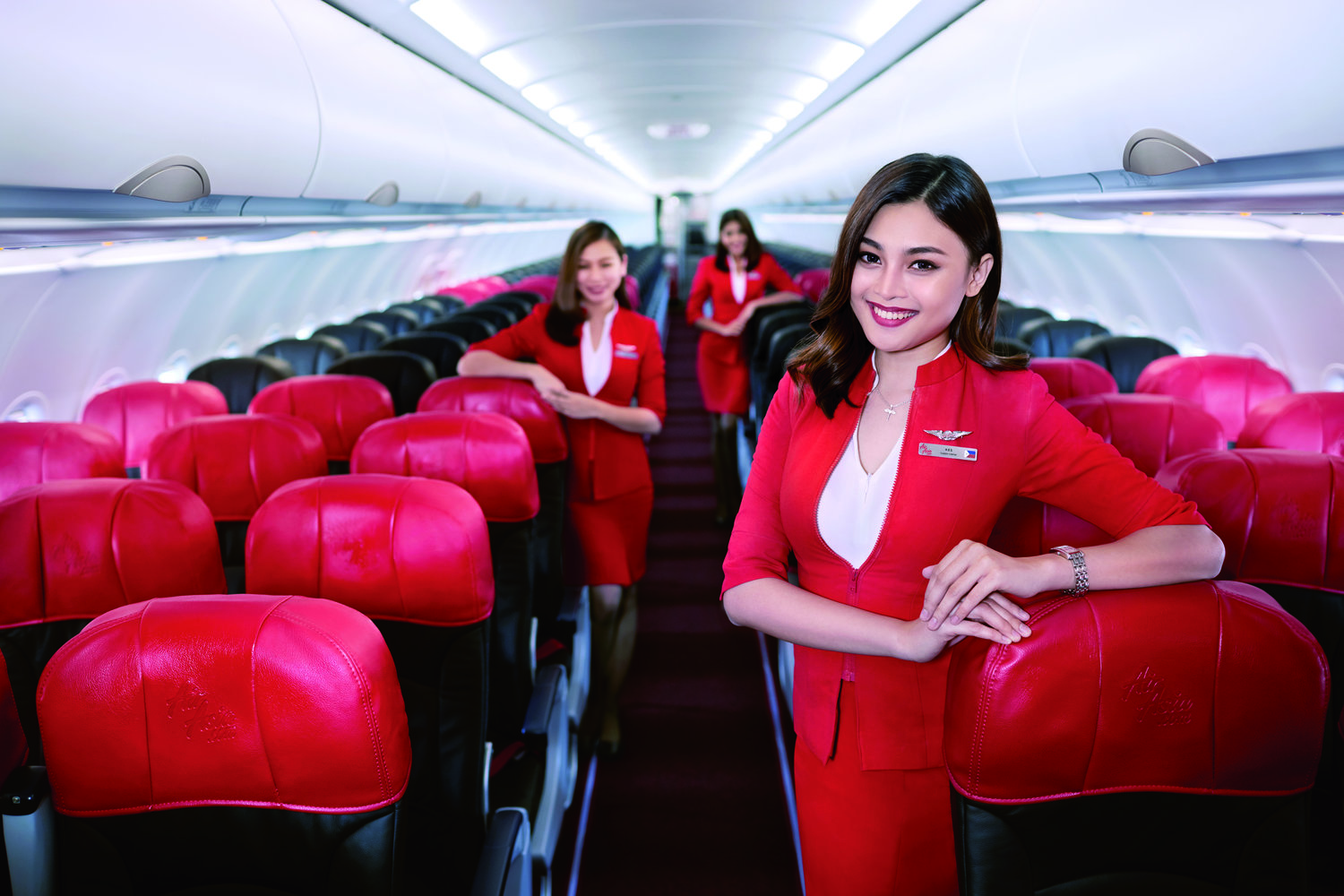
The Australian Transport Safety Bureau (ATSB) has released its final report into a 2017 incident in which the pilots of an Air Asia flight had to make an emergency descent and deploy the passenger oxygen masks. But while some media outlets have criticised the cabin crew for shouting “inappropriate” commands like ‘BRACE and ‘CRASH POSITION’, the investigators concluded the crew were simply reacting to abnormal passenger behaviour and improvising commands.
Instead, the ATSB levelled criticism at the airline for not providing enough information on how passengers are to use the oxygen masks and made an official recommendation for the airline to change its pre-flight safety briefings. The investigators also suggested that Air Asia train cabin crew in how to deal with “non-compliant” passengers in emergency training sessions so they are able to deal with “complex real-world scenarios”.

A survey of some of the 146 passengers on the October 2017 flight between Perth and Denpasar, Bali found that more than half were unsure if oxygen was flowing when the masks dropped from the ceiling. Some didn’t know how to activate the flow of oxygen once the masks had dropped and many mistakingly thought the attached bag would inflate when oxygen was flowing.
The incident started when the 10-year old Airbus A320 aircraft suffered a known but rare issue with the cabin pressure controller. Airbus had a suggested but voluntary fix for the pressurisation system but Air Asia had decided not to make the improvement – on this flight, the plane suffered a problem with the outflow valve and the two pilots received several warnings of excess cabin altitude – as a result, the aircraft was becoming over-pressurised
Along with the computer warnings, the two pilots were suffering from earaches and the head member of cabin crew said the emergency lights and seat belt signs were illuminating intermittently in the cabin – suggesting a depressurisation.
The Captain decided to make an emergency descent and even had the time to make a PA to the passengers telling them such. A short time later, the pilots manually deployed the passenger oxygen masks which triggered an automated announcement in seven different languages, including English and Indonesian:
The automated emergenced announcement telling passengers to put on their oxygen masks…
“Attention, Attention. There has been a loss of pressure in the cabin. Pull down firmly on the nearest mask, place over your nose and mouth, adjust the headband, and breathe normally. Attend to yourself before helping your child. If you are standing, go to the nearest seat, fasten your seatbelt, put on a mask and breathe normally. The cabin pressure will return to normal in a short time.”
The cabin crew also followed their emergency training and shouted through their own oxygen masks: “Grab mask, fasten seatbelt, breathe normally”.
So far, everything seems to have gone exactly how you would expect. But the two members of cabin crew at the back of the plane were dealing with passengers who weren’t reacting as they were expecting…
Rather than sitting down and strapping in as commanded, a number of passengers got up and started to move around the cabin.
When questioned by investigators afterwards, some of the passengers said their oxygen masks hadn’t deployed so they had to move to get to a working mask. Yet, it was later found that only five masks hadn’t automatically dropped, while two passengers failed to pull a lanyard to deploy their masks and four passengers didn’t activate the oxygen supply properly.

The cabin crew knew there were more than enough oxygen masks to go around – a total of 240 masks or 33 per cent more masks than passenger seats. The cabin crew were presented with passengers who were behaving in a radically different way than they had ever encountered in training scenarios – investigators believe this prompted them to start shouting different, ‘inappropriate’ commands like “Brace”, “Get Down” and “Crash Position”.
Rather than helping, these commands caused even more confusion and panic. In fact, several passengers even got off the plane once it had safely landed back in Perth with their life jackets on.
This wasn’t the fault of the cabin crew or the passengers but improvements in training and safety information may well have prevented any confusion arising in the first place. The ATSB has filed an official safety recommendation for Air Asia to review its current pre-flight safety briefing to ensure passengers are given clear instruction on how to activate the oxygen masks.
In an emailed statement, Air Asia said it had already reviewed its processes to ensure it’s high safety standards “remain robust”. The airline also said it would review its pre-safety safety briefing and emergency training procedures as a “matter of priority”.
Captain Rd. Achmad Sadikin, Director of Corporate Safety at Air Asia Indonesia told us:
“Australia’s aviation safety standards are amongst the highest in the world and AirAsia operates within the same strict guidelines as any airline operating in Australia.”
“All AirAsia operated flights to and from Australia have achieved IOSA certification which is the global benchmark for upholding the highest safety standards,” he concluded.
Mateusz Maszczynski honed his skills as an international flight attendant at the most prominent airline in the Middle East and has been flying ever since... most recently for a well known European airline. Matt is passionate about the aviation industry and has become an expert in passenger experience and human-centric stories. Always keeping an ear close to the ground, Matt's industry insights, analysis and news coverage is frequently relied upon by some of the biggest names in journalism.







